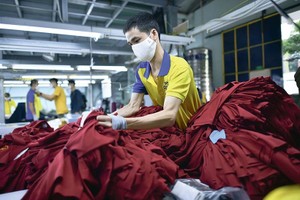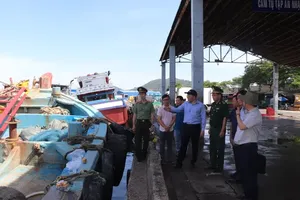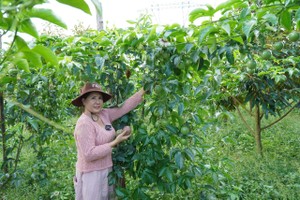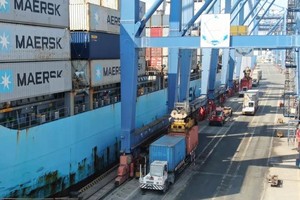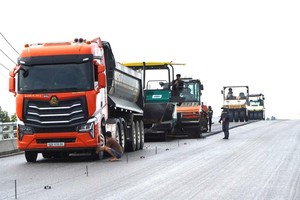At a seminar on November 27 titled "The EU's Circular Economy Action Plan (CEAP) and Its Impacts on Vietnamese Businesses", organized by the Ministry of Industry and Trade, experts highlighted that while CEAP is emerging as a new challenge for Vietnamese exports, it also offers opportunities and reflects an inevitable global trend.
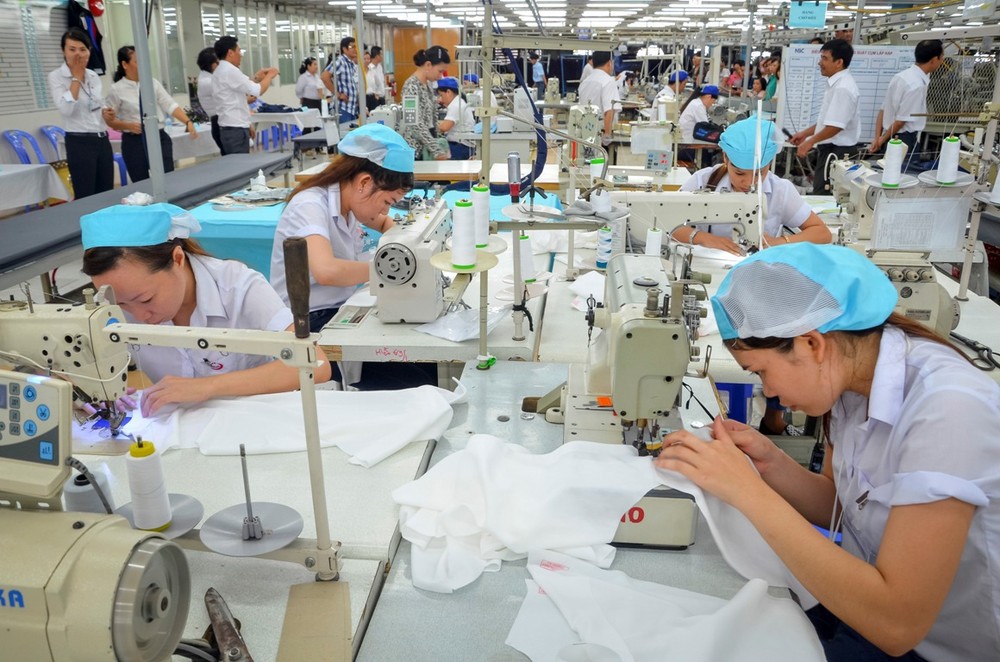
Emerging challenges
After four years of implementation, the EU-Vietnam Free Trade Agreement (EVFTA) has significantly boosted trade between Vietnam and the European Union. With bilateral trade reaching nearly US$64 billion, the EU has become one of Vietnam's major export markets.
The tariff benefits under the EVFTA have fueled impressive growth across various export sectors, including electronics, textiles, footwear, and agricultural and seafood products. However, to sustain this momentum, Vietnamese businesses now face a major challenge: the EU’s CEAP.
The CEAP, considered a crucial component of the European Green Deal, is not only the EU's strategy to achieve carbon neutrality by 2050 but also imposes stringent standards on imported goods.
CEAP aims to build a more sustainable economy by focusing on extending product lifecycles, reducing waste, and promoting the reuse of resources, according to a representative from the Ministry of Industry and Trade.
A key regulation of CEAP, concerning "ecological design and sustainable products," will officially come into effect in July 2024.
In this context, Vietnamese exports will face significant challenges, especially in key sectors such as textiles, footwear, plastics, and packaging.
The Ministry of Industry and Trade representative noted that CEAP is not only an EU strategy but also a global trend being adopted by many other major markets.
With the goal of eliminating the “throwaway economy” and replacing it with sustainable production and consumption models, CEAP requires products to be designed for reuse, recycling, or repair. This will force businesses to adapt across all stages, from design and production to waste management.
Industries such as packaging, textiles, information technology, electronics, and agriculture will be among the hardest hit. Products that fail to meet these standards, such as those lacking a "digital product passport," will not be able to pass EU customs.
Opportunities ahead
While CEAP presents significant challenges, experts also see it as an opportunity for Vietnamese businesses to adapt and enhance their competitiveness.
Dr. Mai Thanh Dung, Deputy Director of the Institute of Strategy and Policy for Resources and Environment, highlighted, "This plan poses a major challenge, but if businesses adapt well, they can achieve greater efficiency in production, save on input materials, reduce energy consumption, and extend product lifecycles."
In fact, many Vietnamese businesses have already shown their ability to adjust.
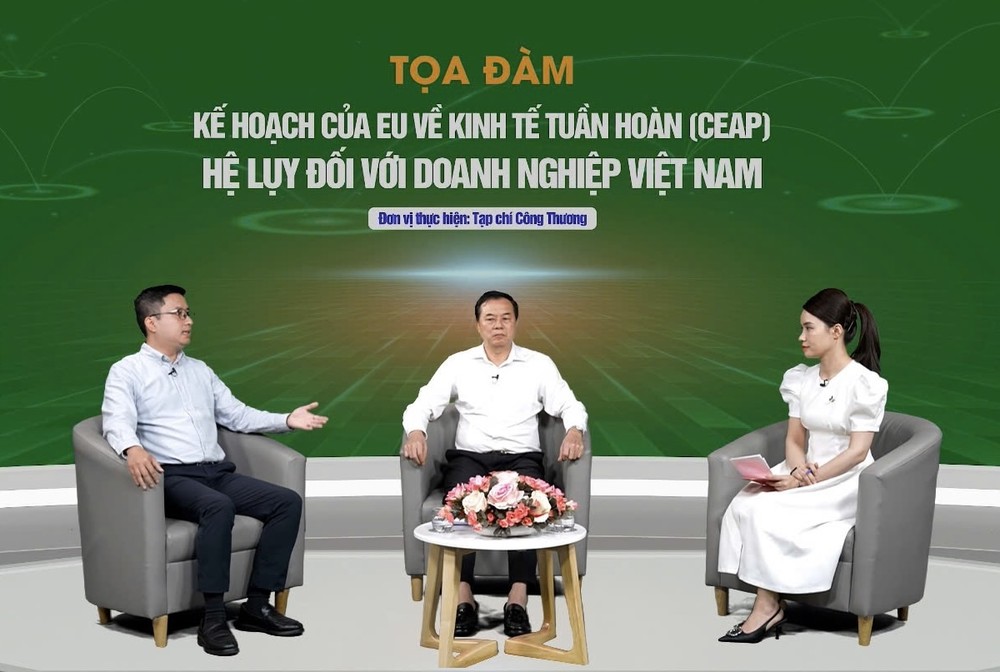
"If products meet origin requirements, they can enter the EU under the EVFTA to benefit from tariff preferences," said Mr. Nguyen Xuan Duong, Chairman of the Board of Directors of Hung Yen Garment Corporation.
Representatives from some companies also pointed out that CEAP regulations not only require businesses to meet green standards but also open doors to new customer segments.
According to Mr. Do Huu Hung, a representative from the European-American Market Department (Ministry of Industry and Trade), although initial investment costs may be higher, businesses will benefit in the long term by saving on materials, energy, and optimizing production. This is a trend that companies must embrace.
Additionally, improvements in production following circular economy principles could unlock new opportunities for various industries.
Products that meet CEAP standards will not only gain access to the EU market but also build credibility in other global markets, especially as the demand for sustainable consumption continues to grow, as noted by the Ministry of Industry and Trade representative.
According to the Ministry of Industry and Trade, the EVFTA has significantly boosted Vietnam's exports. Data from the General Department of Vietnam Customs shows that, in the first eight months of 2024, Vietnam's exports to the EU reached $34.14 billion, a 17.3 percent increase compared to the same period in 2023.
The EU is not only a major export market but also a key source of investment in Vietnam, with around 2,500 projects and total registered capital of nearly $28 billion.
However, to fully leverage the advantages of the EVFTA, Vietnamese businesses must adapt proactively. Investing in green technologies, improving production processes, and adopting waste management practices (such as waste prevention) are critical.
Experts believe that sectors such as agriculture, seafood, textiles, and manufacturing will continue to see growth prospects if they meet the requirements of CEAP.



